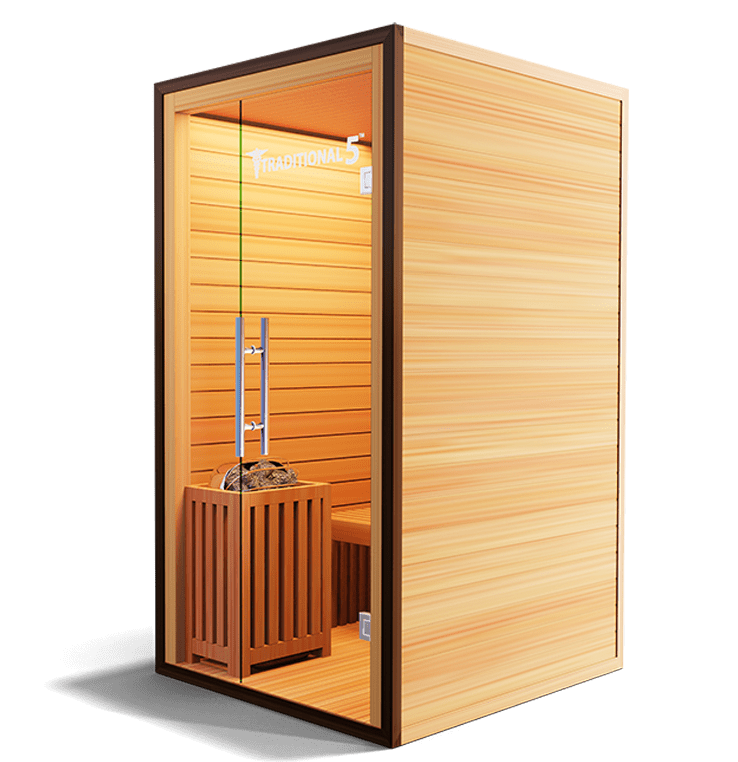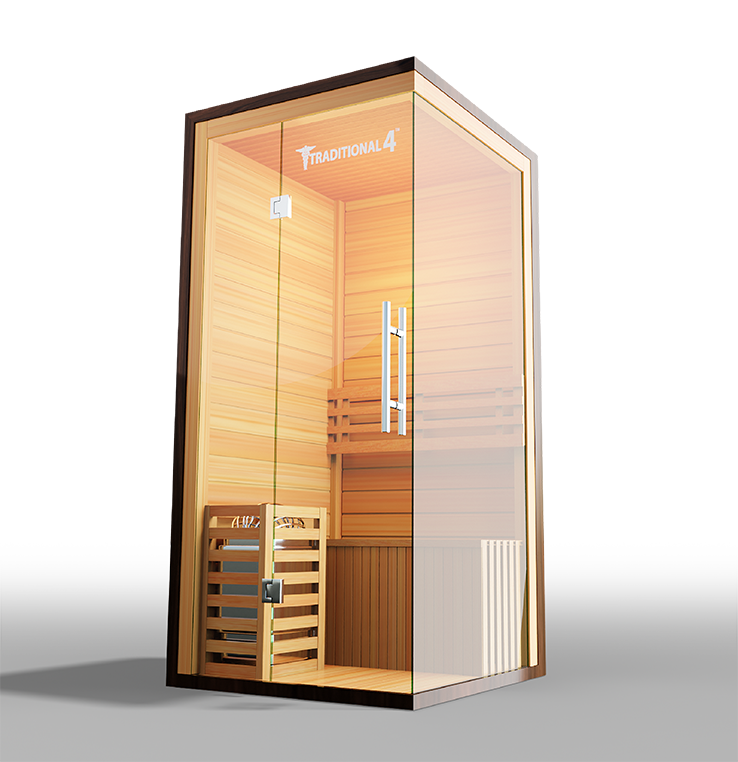Getting My Traditional Sauna To Work
Getting My Traditional Sauna To Work
Blog Article
Traditional Sauna Things To Know Before You Get This
Table of ContentsRumored Buzz on Traditional SaunaTraditional Sauna Fundamentals ExplainedUnknown Facts About Traditional SaunaWhat Does Traditional Sauna Mean?Traditional Sauna Can Be Fun For Anyone
Most of the weight lost in a sauna is water loss and is re-gained upon rehydrating. Without an uncertainty sauna can be an important part of a healthy and balanced weight loss program. To take a look at the differences between conventional and IR saunas, I will separate these into verifiable, theoretical, and produced distinctions.Therefore, the best factor in the saunawhich is at the ceiling directly over the sauna heateris generally between 185 and 190 F. Claims that a typical sauna surpasses 200 F is simply not real and not applicable for electric saunas sold in the US. The temperature for a far-infrared sauna is generally established in between 120 and 140 F; however, unlike the standard sauna, the goal in and IR room is not to attain a heat.

When a conventional sauna has actually been appropriately warmed, the sauna walls are warm, the air temperature level has attained set temperature level and the rocks are super warmed. As an interesting side note, the warmed walls and the rocks are producing far-infrared warmth, combined with the warmed air, to develop an "covering warmth".
Little Known Facts About Traditional Sauna.
When the high temperature level is achieved, the elements cycle on and off to preserve the high temperature level. Most standard sauna customers take pleasure in pouring water over the rocks to produce vapor to elevate sauna humidity levels. The benefits of pouring water over the rocks include: making the room much more comfortable, dampening the nasal flows, and allowing the use of aromatherapy by blending crucial oils with the water.

When the power goes into the body, it triggers the body temperature to enhance and ultimately results in perspiration. In an infrared sauna it is necessary for the emitters/heaters to remain on almost frequently. Since there is no mass of rocks to preserve warmth, the sauna will certainly cool if the emitters shut down.
Things about Traditional Sauna
As discussed above, the sauna bather in an infrared space wishes to place himself in front of running emitters to get optimal benefit from the warmth. The heating time for both areas can be really different, relying on just how the areas are used. For a traditional sauna, a bather needs to allow 30-40 mins for the room to accomplish a desired temperature level and to correctly pre-heat the rocks.

A well constructed sauna will usually attain a temperature of 150-160 F in about 30-40 mins. For hotter temperature levels, the area might need to warm for a longer duration.
To some, 15 mins was "thrown away" while the infrared energy heated the wood panels instead of heating a body, while others discover a pre-heated space to be a lot more comfy and think a raised beginning temperature level is needed to start sweating. The length of suggested use for every space is roughly the very same (10-15 mins per session); nonetheless, as a result of the reduced air temperature levels and the capability to feel the impacts of infrared heat faster than a traditional sauna, it is not uncommon for an individual site to invest an overall of 20-30 minutes in an infrared sauna.
Get This Report about Traditional Sauna

The typical cost per kWH of electrical energy in the united state is roughly $0.11, so a 4.5 kW heating system will cost about $.50 to run for one hour, if the heating unit runs continually for one hour. Usually a sauna heating system will run for 75% of the initial hour and 50% of succeeding hours on since find out here the aspects cycle once the established temperature level is accomplished.
A two individual far-infrared area is usually literally smaller sized than a standard sauna, usually regarding 4' x 4' or smaller sized. The IR heating unit is usually 1.5-1.7 kW making use of a 120 volt 15 amp plug-in service. Given that the room can be used faster than a sauna space, we will certainly assume the space is used for to of an hour including warm up time.
Lastly, there is a seldom talked about difference in the social experience between the two spaces. While our culture has lost some of the social benefit of the traditional sauna experience, it can be very socially rewarding (Traditional Sauna). From visit site family time in the sauna, to heart-felt conversations with loved ones, to sauna partiesthe traditional sauna experience can lead to intimate mingling
Traditional Sauna Can Be Fun For Anyone
A lot of higher end infrared spaces include tinted light treatment, noise systems and full-glass fronts.
Report this page